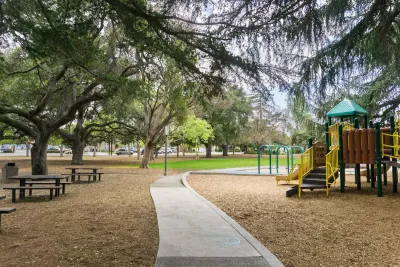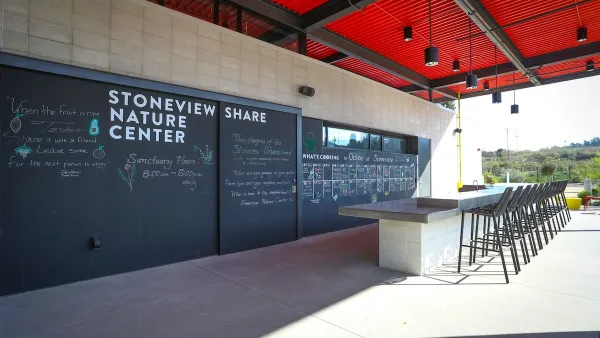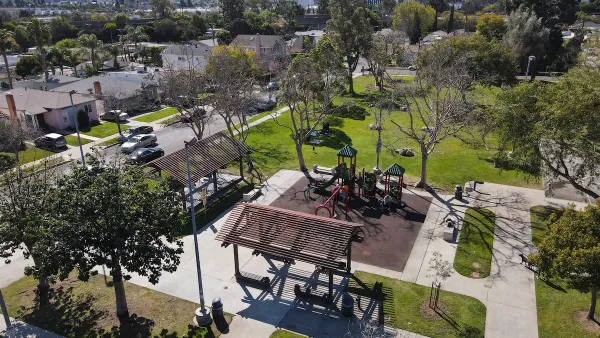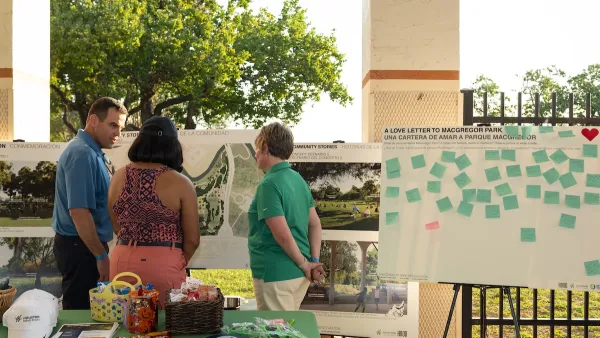Securing the care and maintenance of parks in the long-term requires sustained funding, equitable resource allocation, and political leadership and will.

Parks are indispensable assets for communities, offering recreational spaces, promoting mental and physical health, fostering social connections, and supporting environmental sustainability. They improve air and water quality, reduce urban heat, and enhance biodiversity, making them critical to both public health and environmental goals. However, a significant gap exists in funding for their ongoing maintenance and operations. While there are grants that fund park creation, they rarely address long-term care, leaving municipalities to struggle with routine maintenance costs like landscaping, repairs, and staffing. Without adequate support, parks can deteriorate, jeopardizing safety and diminishing their benefits to the community.
The lack of sustained funding for park maintenance disproportionately affects underserved communities. Parks in low-income neighborhoods, where they are most needed, often fall into neglect due to insufficient resources. This exacerbates existing inequities, depriving residents of safe, functional green spaces for recreation and connection. Equitable access to well-maintained, high quality parks requires a shift in funding priorities, emphasizing long-term investments over one-time projects. Solutions include dedicated funding streams, partnerships with nonprofits and private entities, and community engagement to supplement resources for ongoing care.
Addressing the park maintenance funding gap requires strong political will and leadership. Policymakers must prioritize parks as critical infrastructure, advocating for dedicated funding mechanisms and equitable resource allocation. This involves rallying public support, fostering collaboration across sectors, and ensuring maintenance funding is built into legislative and budgetary decisions. By committing to the long-term stewardship of parks, leaders can safeguard their benefits for future generations, enhancing public health, environmental sustainability, and community equity.
FULL STORY: From Creation to Care: The Need for Ongoing and Additional Funding to Operate and Maintain Parks

National Parks Layoffs Will Cause Communities to Lose Billions
Thousands of essential park workers were laid off this week, just before the busy spring break season.

Retro-silient?: America’s First “Eco-burb,” The Woodlands Turns 50
A master-planned community north of Houston offers lessons on green infrastructure and resilient design, but falls short of its founder’s lofty affordability and walkability goals.

Delivering for America Plan Will Downgrade Mail Service in at Least 49.5 Percent of Zip Codes
Republican and Democrat lawmakers criticize the plan for its disproportionate negative impact on rural communities.

Test News Post 1
This is a summary

Test News Headline 46
Test for the image on the front page.

Balancing Bombs and Butterflies: How the National Guard Protects a Rare Species
The National Guard at Fort Indiantown Gap uses GIS technology and land management strategies to balance military training with conservation efforts, ensuring the survival of the rare eastern regal fritillary butterfly.
Urban Design for Planners 1: Software Tools
This six-course series explores essential urban design concepts using open source software and equips planners with the tools they need to participate fully in the urban design process.
Planning for Universal Design
Learn the tools for implementing Universal Design in planning regulations.
EMC Planning Group, Inc.
Planetizen
Planetizen
Mpact (formerly Rail~Volution)
Great Falls Development Authority, Inc.
HUDs Office of Policy Development and Research
NYU Wagner Graduate School of Public Service





























